Chakras are our energetic centers in the body. We can tune into the seven major chakras to give us signals about how we are functioning energetically, physically, emotionally and spiritually.
From Sanskrit, chakra means "wheel," and these wheels need to be open in order to allow energy to flow through them for us to function optimally.
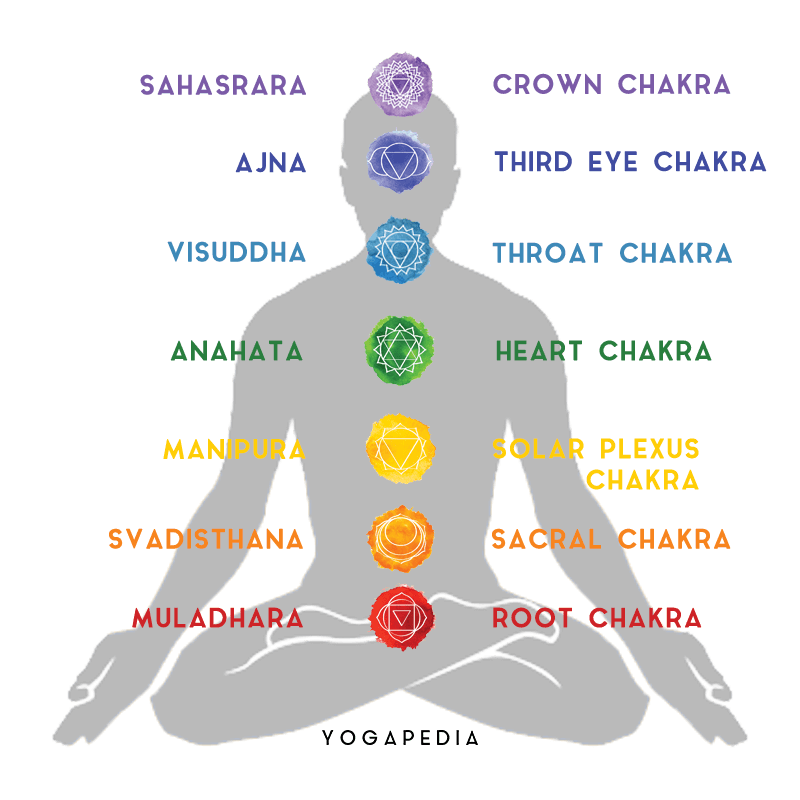
My body, mind and spirit are connected in each one of these chakras on the physical, mental and spiritual planes.
My increasing ability to tune into subtle shifts in these different chakras has provided me with important insight into my inner emotional healing work, and allows me to make more informed choices on how to use specific mantras, affirmations and asana to balance the desired chakra.
In this article, I'll explain how imbalance in each chakra can manifest in the physical and astral bodies, and offer solutions on how to bring them back into balance.
Muladhara
This is the first of the seven chakras. In Sanskrit, mula means "root" and adhara means "base" or "support." Muladhara is the foundation of our being where we cultivate a sense of safety, survival and stability.
It is essential to first create balance in this chakra before addressing our higher chakras.
An out-of-balance first chakra could manifest in our bodies in lower back and leg pain, and in emotional imbalances like anxiety or eating disorders.
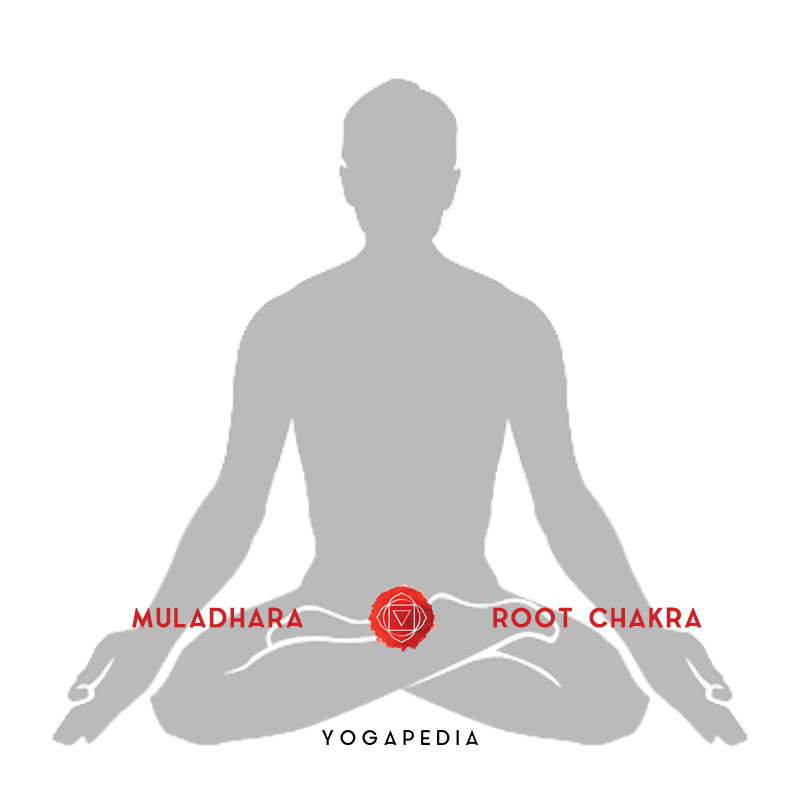
Many people who experience a lack of consistency in their early childhood, whereby they may have felt unsafe, unstable or neglected, may experience imbalances in their muladhara later in life.
There are many tools, including pranayama and asana, to work with opening and unblocking the first chakra, but having our basic needs met may be the greatest contribution to a balanced or open muladhara.
This balance is what allows us to feel safe and courageous as we navigate the world.
Svadhisthana
The second chakra is the center of emotional expression and creativity. It is considered to be the center of our sexual energy.
Svadhisthana is “the dwelling place of the self” in Sanskrit, which could speak to how the entire self is affected by an out-of-balance second chakra.
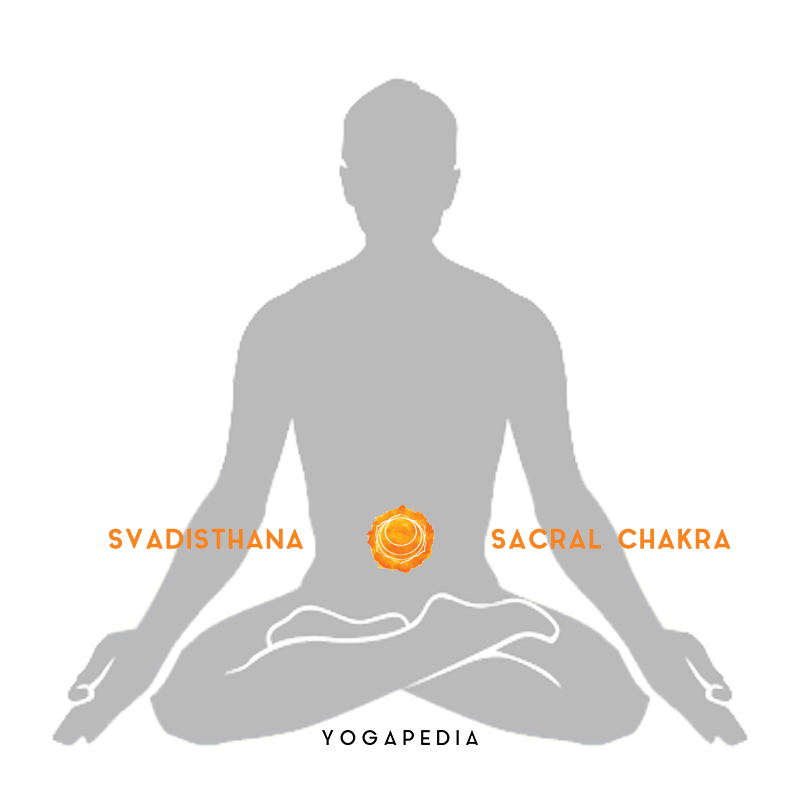
This is the wheel of creation.
Creating is not just about reproduction, but rather anything a human can create, for example: art, drafts, food, building things or any type of creative manifestation. If we feel unable to innovate and create, then the second chakra may be out of balance.
Participating in sexuality consciously, working through healing sexual trauma, challenging patterns of sexual compulsivity, and maintaining a healthy and open relationship to our emotions helps to keep this chakra in balance.
Manipura
This third chakra is the place of power. This chakra is located in the solar plexus area between the navel and breastbone, and is connected to the element of fire.
When we have a balanced manipura we feel in touch with our sense of purpose, motivation and self-confidence. In the physical body, it is connected to metabolism and digestion.

If our third chakra becomes out of balance, it could manifest in a low sense of self-esteem, difficulty making decisions or staying motivated, or problems with digestion.
This is the area where we experience our “gut feelings” that drive us toward our goals. Ignoring these gut indicators, or drinking and eating in ways that do not support a healthy digestion, could lead to the third chakra becoming out of balance.
Anahata
This fourth chakra is located in our heart center and is said to be the bridge between the lower physical chakras and the higher spiritual chakras.
An open anahata allows us to love and remain compassionate toward ourselves and others. It is physically connected to our heart, lungs and breasts.
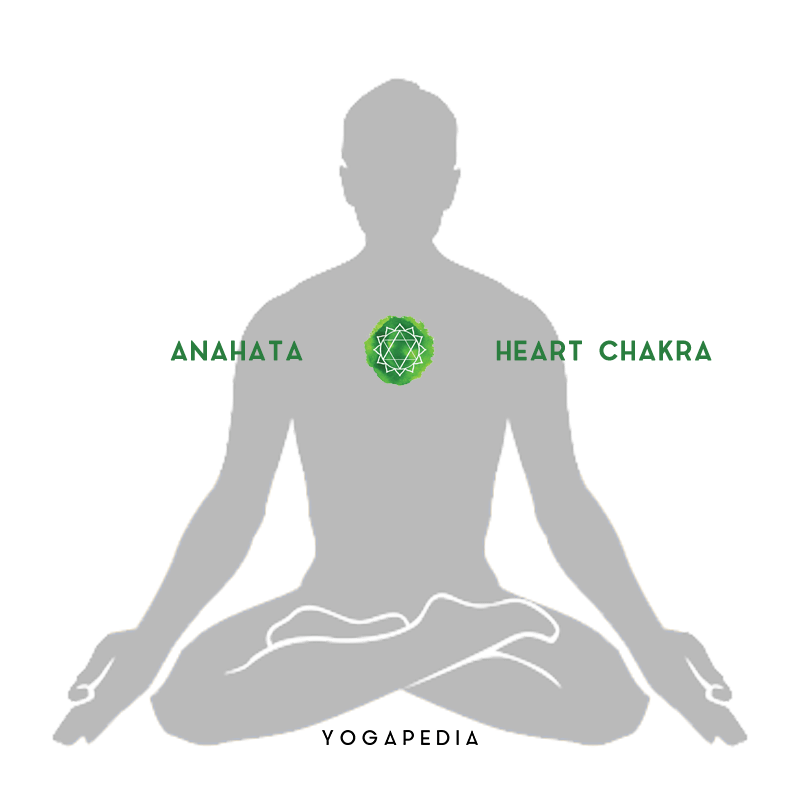
When this chakra is open, we experience love, the ability to forgive and acceptance.
If the chakra is closed or out of balance, we may experience anger, fear, hatred, grief, jealousy or emotional numbness. We may sink our chest inwards and roll the shoulders forward to withdraw and protect the heart, and possibly feel tightness in the chest or experience cardiovascular health issues.
Choosing love and empathy over fear and spite is one way to keep the anahata open and balanced. (To help, here's How to Choose Love Over Fear With Each Thought.)
Visuddha
The fifth chakra moves us into the spiritual plane. This chakra is connected to the throat, thyroid, jaw, neck, mouth and tongue.
An open visuddha allows us to express ourselves, speak our truth freely, as well as listen openly to others and the messages coming from the Universe.

An open and balanced fifth chakra is related to our work in our lower chakras, as this work prepares us to understand ourselves and how we want to express our desires.
If this chakra is not in balance, it could manifest in not speaking up for ourselves when our boundaries are not respected and could shift to the physical plane by developing something like laryngitis or losing the voice.
Ajna
This sixth chakra is said to be the seat of our third eye. This is where we cultivate our intuition and clairvoyance.
Ajna means “beyond wisdom.” This energy center allows us to visualize and intuit beyond the physical plane. We have access to infinite inner guidance when we create the space for this information to come through to us.
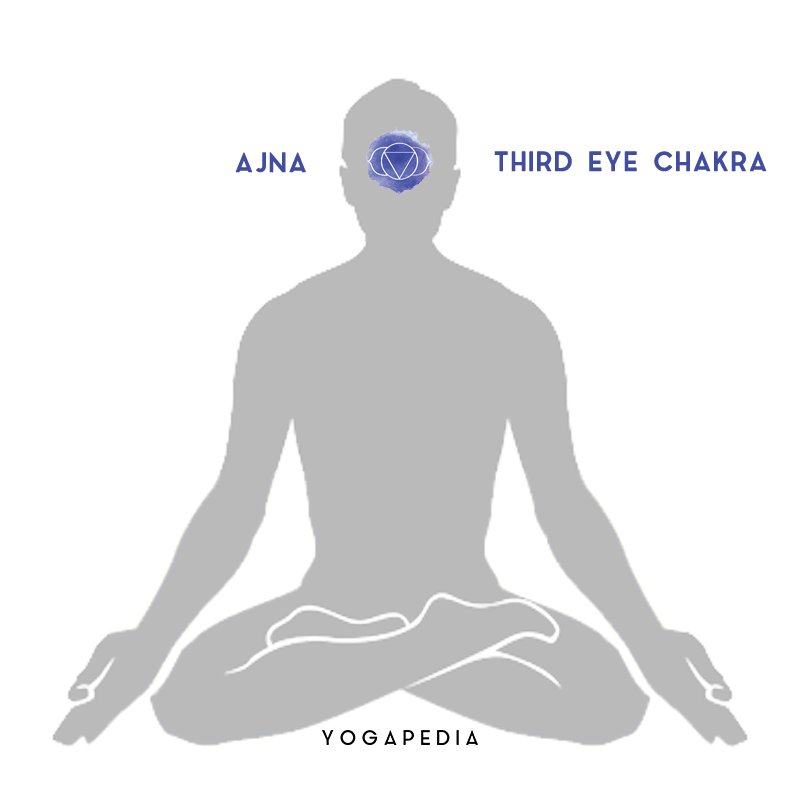
When the sixth chakra is out of balance, it may be because we are ignoring our sixth sense of intuition.
The same way we can throw our third chakra out of balance by ignoring our gut feelings, we can ignore our higher intuitive sense. This could manifest in feeling a fogginess, as you are lacking your intuitive sense.
Sahasrara
The seventh chakra is located on the crown of the head, and is the place of our divine connection. We are connected to every living being, and we are a piece of a greater all-encompassing whole.
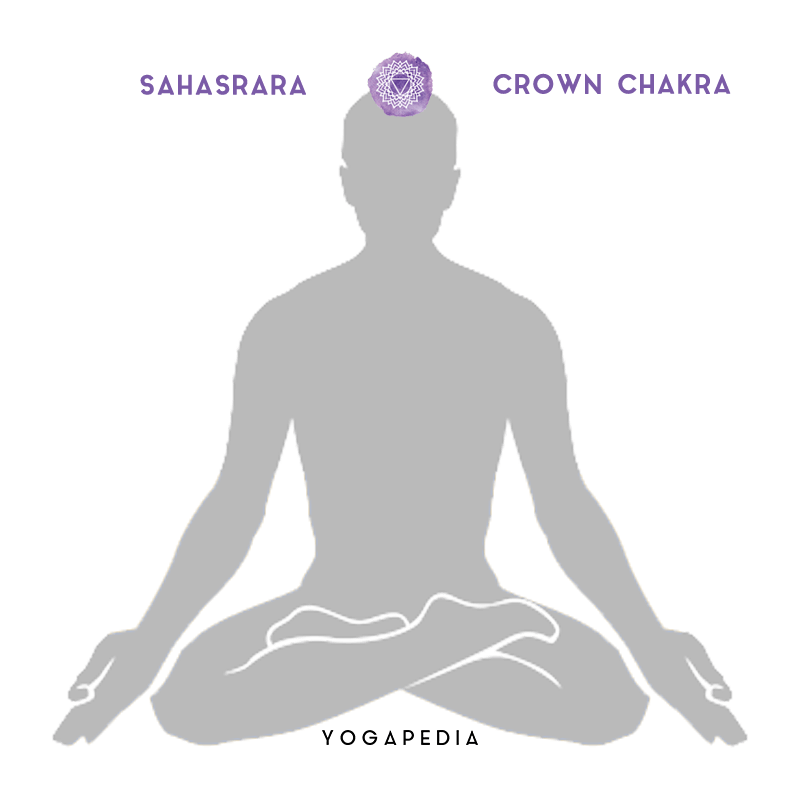
Sahasrara is truly opened and in balance when we can experience ourselves as the pure consciousness that we are. If this chakra is out of balance, we will likely experience a lack of awareness of our spiritual essence and divinity.
The crown becomes open through regular meditation, prayer, silence and persistence. Through this, we can experience glimpses or even periods of prolonged bliss defined by a feeling of pure beingness and awareness of our sacred connection to all that is.
Unity of Your Physical and Spiritual Bodies
Our chakras are systems of energy that can be tuned into and focused on through healing on the emotional, mental, physical and spiritual levels.
By tuning into what is stagnant or persistent in our experience, as well as maintaining awareness of subtle physical cues, we can likely determine which chakra may be out of balance and work with healing or moving that specific energy.
During These Times of Stress and Uncertainty Your Doshas May Be Unbalanced.
To help you bring attention to your doshas and to identify what your predominant dosha is, we created the following quiz.
Try not to stress over every question, but simply answer based off your intuition. After all, you know yourself better than anyone else.